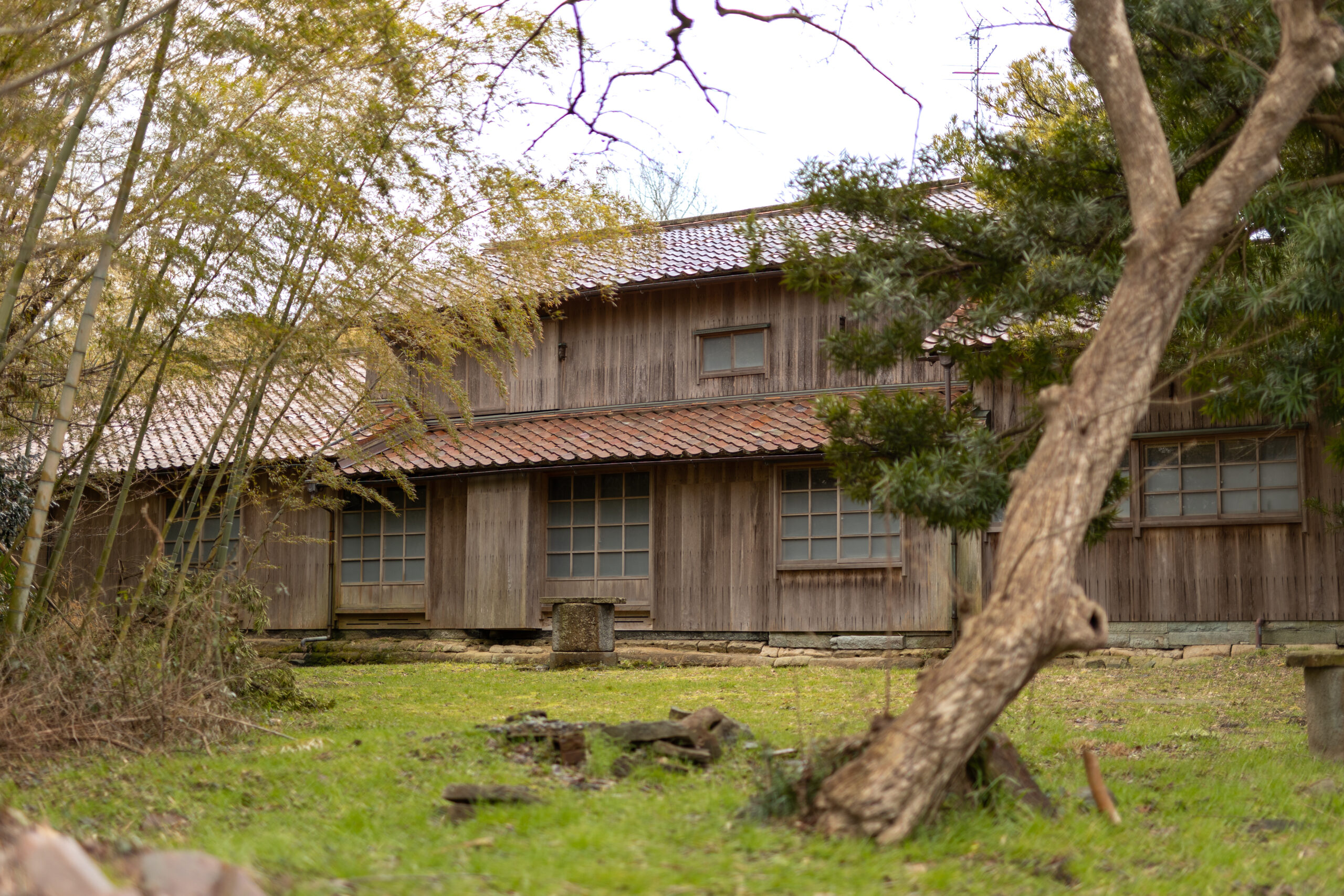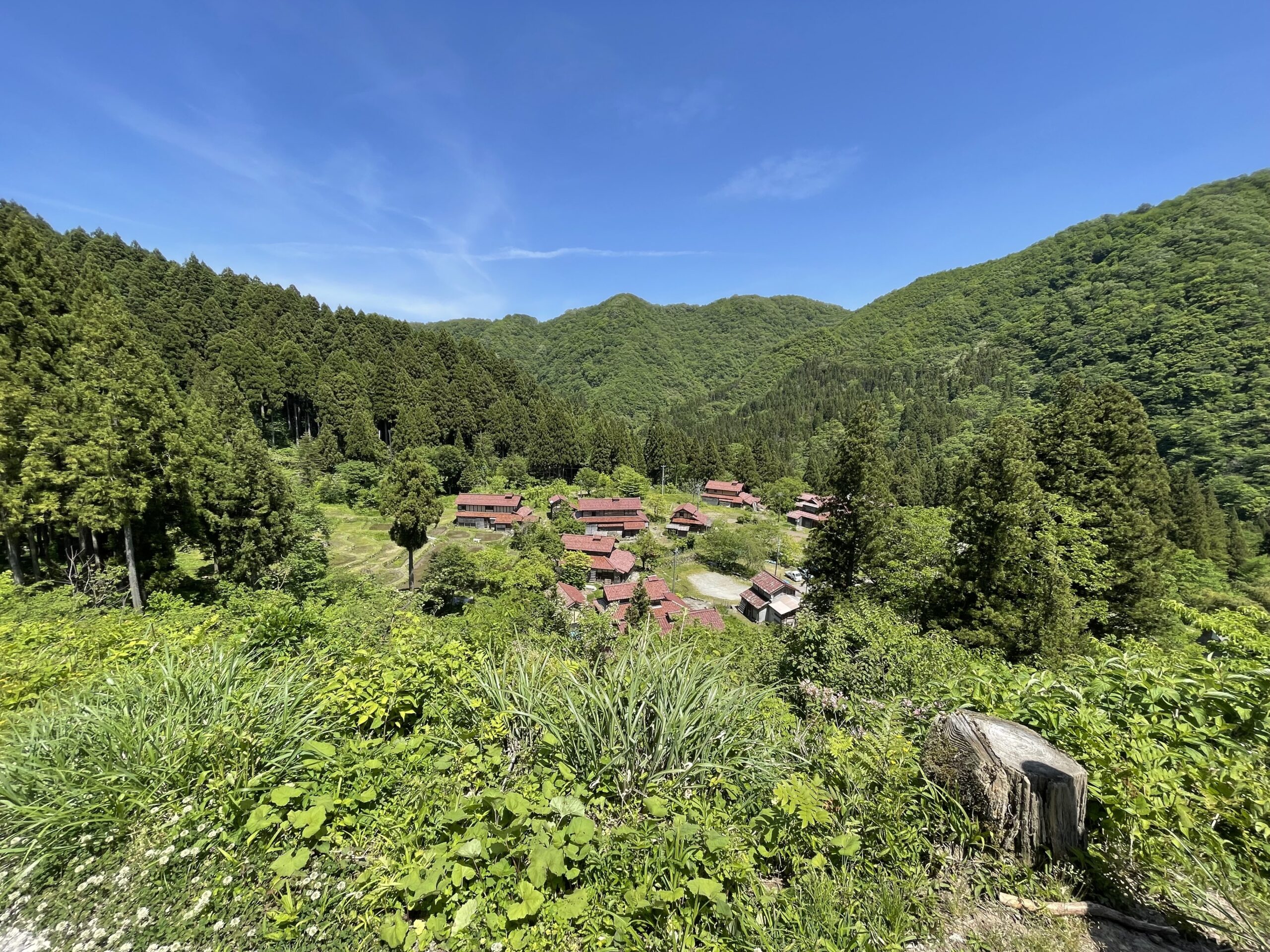History Lives On as a Part of Life

The Kitamaebune trading ships were to 19th-century Japan what online shopping is today: these merchant ships traveled along Japan’s coastal waters, from Hokkaido to Osaka, carrying not only goods, but also culture and human connections.
The town of Hashitate, on Ishikawa’s coast, became exceedingly wealthy as the home of many owners of these ships, and even today its history is palpable. The townscape is filled with old houses featuring distinctive red roof tiles — a luxury at the time — and one of them has even been converted into a museum where visitors can learn about the history of these ships, or simply enjoy a look at the old architecture. Explore a charming old-fashioned port town, full of picturesque scenery, certainly, but also everyday life.
This living history can be found far from the coast, as well, in peaceful countryside villages like Ozuchi. Many of these once-thriving farming communities have gradually dwindled as younger generations moved out to bigger cities, leaving only the older generation. In the case of Ozuchi, though, the older generation who remained is a single man: he spends his days maintaining his home and the fields, ensuring traditions live on, and honoring the seasonal rhythms of rural Japanese life. Though he may live a life of relative solitude, the village also has a liveliness at times, as volunteers come to take part in work camps, handling farm work and helping this one-person village to live on, in exchange for being given a place to stay.
Here in Ishikawa, respect for history is more than a matter of preserving the past in a neat little box. History lives on through us, as past connects to future through culture, tradition, and memory. Let us introduce you to places off the beaten path — including intimate travel plans in the Noto Peninsula, as a way to help support the region’s rebuilding efforts after the devastating January 2024 earthquake.

